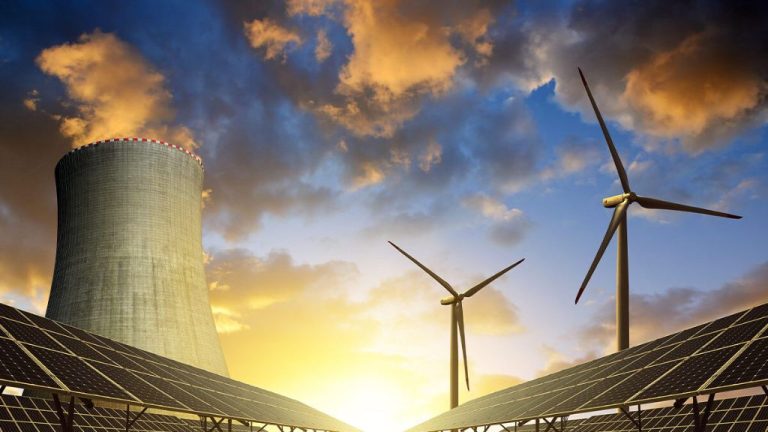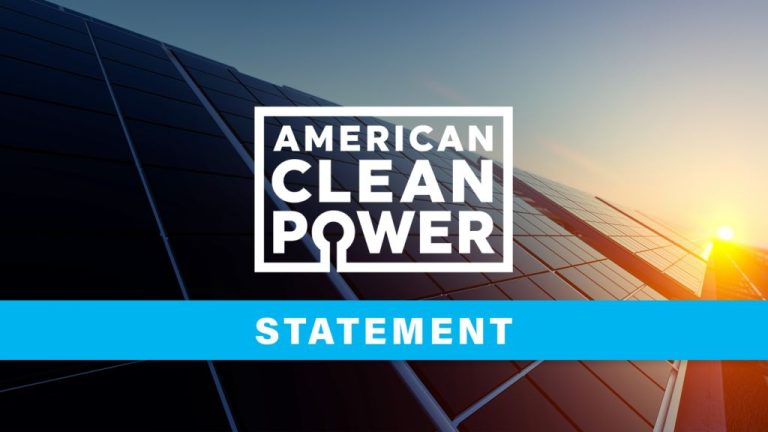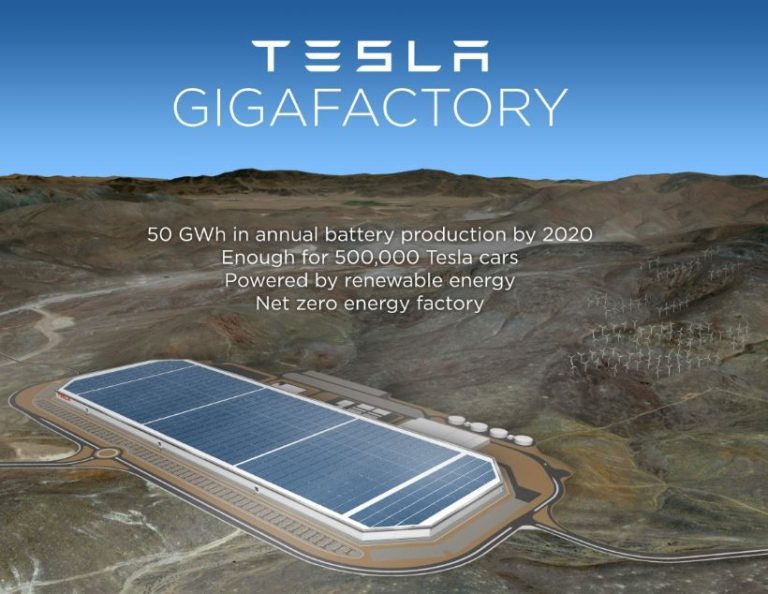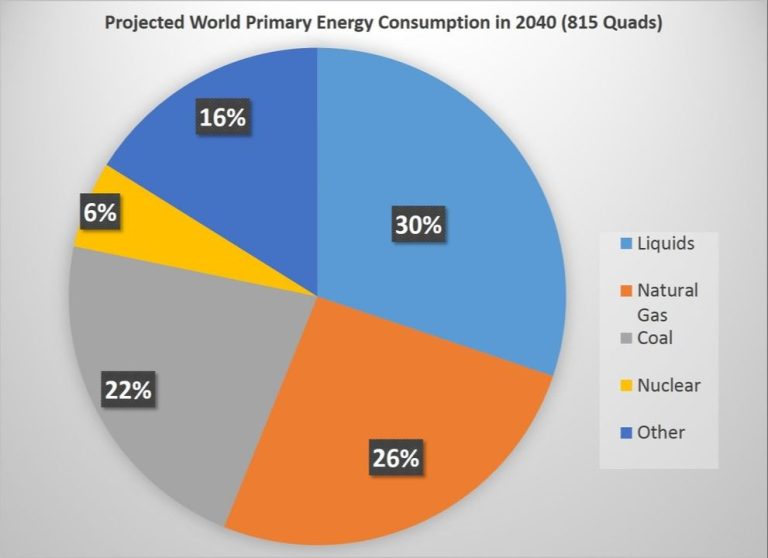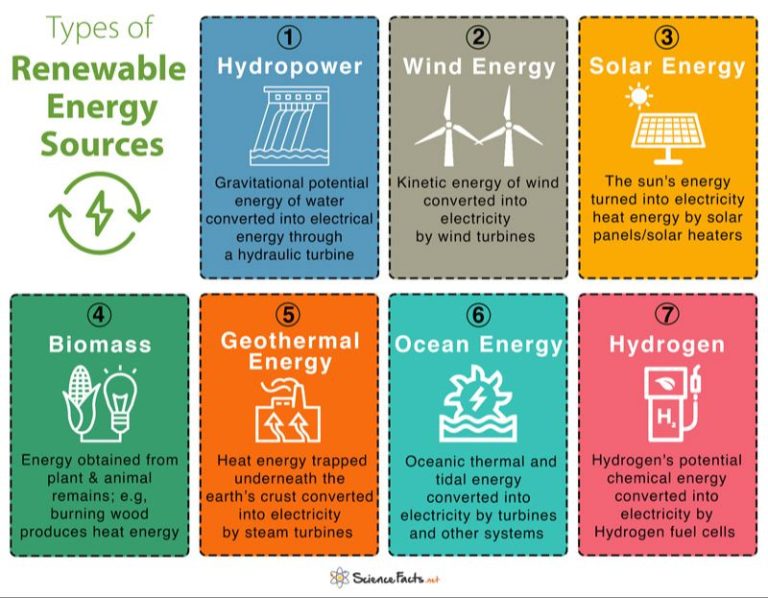Why Is World Energy Day?
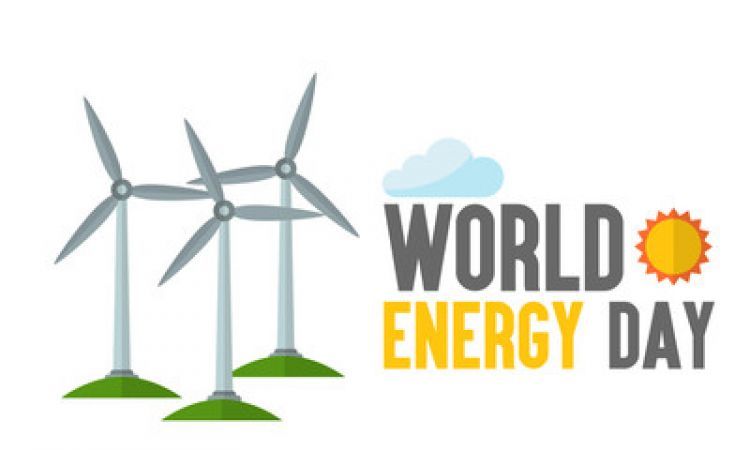
World Energy Day was established in 2012 by the World Energy Forum to raise awareness about the importance of energy efficiency, sustainability and access.[1] The date of October 22 was chosen because it coincided with the anniversary of the founding of the World Energy Council in 1924.
On World Energy Day, individuals, organizations, communities and governments are encouraged to organize activities and events that promote sustainable energy solutions. The day provides an opportunity to educate people about energy issues and showcase new technologies that can help address the world’s energy challenges.
Since it was founded, World Energy Day has been steadily growing in recognition and participation. In recent years, major landmarks like the London Eye and Empire State Building have been lit up in celebration of the day. Many experts see it as an important platform for driving progress on energy sustainability around the globe.
[1] https://www.worldenergy.org/news-views/entry/its-world-energy-day-how-will-you-mark-the-occasion
Purpose of World Energy Day
The main purpose of World Energy Day is to raise awareness about renewable energy and energy efficiency (SOURCE). This global initiative aims to highlight the importance of sustainable energy sources like solar, wind, hydropower, and geothermal in combating climate change. The day also promotes energy conservation through efficiency improvements in buildings, transportation, and industry.
According to the Energy and Environment Ministry of Mauritius, World Energy Day “focuses on finding solutions for the energy trilemma of security, equity and environmental sustainability” (SOURCE). The occasion provides an opportunity to educate the public about clean energy technologies and encourage more investment in renewable power projects globally.
Overall, World Energy Day seeks to mobilize action towards increasing the share of renewables in the energy mix while reducing energy waste. This supports the transition to a low-carbon future in line with climate change mitigation goals.
When is World Energy Day celebrated?
World Energy Day is celebrated each year on October 22nd. The day was first established in 2012 by the World Energy Forum to raise awareness about renewable energy and energy efficiency (https://eemo.govmu.org/Documents/awareness/World%20Energy%20Day.pdf). Since 2012, October 22nd has been recognized globally as World Energy Day.
According to the official World Energy Day website, the day is celebrated annually on October 22nd as a time to promote action towards more sustainable energy use worldwide (https://www.worldenergyday.net/home/). Activities like conferences, exhibitions, competitions, and open houses are held around the world to educate the public and bring attention to renewable energy solutions.
So in summary, World Energy Day is an annual event celebrated each October 22nd to advance renewable energy and increase awareness of sustainable energy practices globally.
How World Energy Day is celebrated
World Energy Day is celebrated through various events, campaigns, and initiatives led by governments, businesses, and organizations around the world. These efforts aim to raise awareness about renewable energy and energy efficiency.
The World Energy Forum organizes the World Energy Leaders’ Summit on World Energy Day. This brings together major stakeholders in the energy sector to discuss critical issues and forge new partnerships (Source). Many companies also run campaigns highlighting their efforts towards sustainability.
The government of Mauritius hosts conferences and activities to educate the public, especially youth, about renewable energy. island-wide campaigns are held to encourage households to adopt energy conservation practices (Source).
Iberdrola, a utility company, sponsors initiatives like planting trees and clean-up drives on World Energy Day as part of their renewable energy and sustainability goals (Source). The day is thus observed through global collective action towards a sustainable energy future.
Importance of renewable energy
Renewable energy is important for reducing the carbon emissions that are causing climate change. By transitioning to clean energy sources like wind, solar, and hydropower instead of fossil fuels, we can significantly cut the greenhouse gas emissions that are warming the planet. According to the EPA, the use of renewable electricity alone reduced carbon dioxide emissions by more than 200 million metric tons in 2019, which is equivalent to taking over 43 million cars off the road (https://www.epa.gov/statelocalenergy/local-renewable-energy-benefits-and-resources).
Increasing renewable energy is crucial for mitigating the impacts of climate change. The IPCC has warned that limiting global warming to 1.5°C will require rapid transitions to renewable energy on a global scale. Ramping up renewables can help us achieve the emissions reductions needed to avoid the worst effects of climate change, like extreme weather, droughts, floods, and sea level rise. Promoting renewables also accelerates the transition away from fossil fuels and positions us to fully decarbonize the energy system this century.
Global progress on renewable energy
Renewable energy capacity and deployment continue to grow rapidly around the world. According to the International Energy Agency (IEA), renewable power capacity is expected to grow by over 2,400 gigawatts between 2022-2027, equal to the entire power capacity of China today (IEA). This growth is being driven by rising investments and strong policy support in many countries.
Global investment in clean energy hit a new record of $755 billion in 2021. Much of this went to renewable power such as solar, wind, hydro and geothermal. Solar power attracted over 50% of the total funding, highlighting its rapid expansion worldwide. Investments in renewables are expected to rise further as costs continue to fall and policies strengthen (IEA).
Many major economies have implemented policies and targets to accelerate the deployment of renewables. For example, the European Union aims to source 45% of its energy from renewables by 2030. The U.S. passed the Inflation Reduction Act in 2022, which provides tax credits and incentives for clean energy investments. Such policies are critical for enabling the worldwide transition to renewable energy this decade.
Challenges for renewable energy growth
While renewable energy has seen tremendous growth, expansion faces challenges. One major barrier is energy storage for solar and wind power (https://sustainablereview.com/challenges-in-renewable-energy/). Since these sources depend on weather conditions, energy must be stored for use when the sun isn’t shining or wind isn’t blowing. Cost reductions for large-scale battery storage will be critical.
Transmission capabilities also lag renewable energy deployment (https://regenpower.com/what-are-the-problems-faced-by-renewable-energy/). Upgrading electric grids for long-distance transmission from renewable sources to population centers requires large investments. More “smart grid” technologies can help adapt to variable renewable generation.
Finally, substantial subsidies for fossil fuels like coal, oil, and gas make them artificially cheaper than renewables in many countries. Phasing out fossil fuel subsidies will be an important step (https://www.iea.org/reports/renewable-energy-market-update/challenges-and-opportunities-beyond-2021). Creating level pricing will boost renewable competitiveness.
Role of energy efficiency
Energy efficiency plays a crucial role in reducing energy waste and promoting conservation. According to the International Energy Agency (IEA), energy efficiency improvements accounted for over 40% of the reduction in global energy intensity since 2000 (IEA, 2022). By adopting more efficient technologies and practices, significant energy savings can be achieved across sectors like buildings, industry, and transportation.
In the building sector, utilizing efficient heating, ventilation and air conditioning (HVAC) systems, insulation, lighting, appliances and electronics can lower energy usage. Smart building controls and sensors help optimize energy performance. Retrofitting existing buildings with energy efficient upgrades also offers major savings potential (U.S. Department of Energy, 2022).
Industrial energy efficiency involves modernizing equipment, optimizing processes, and recovering waste heat. Installation of efficient motors, pumps, fans and compressed air systems can reduce energy losses. Shifting to less energy-intensive industrial processes and materials can also decrease energy demand.
On the consumer side, individuals can conserve energy by using efficient lights, properly insulating their homes, maintaining HVAC systems, purchasing energy efficient appliances and electronics, and modifying daily habits to reduce waste. Smart meters provide real-time feedback to help consumers track their usage.
With the right policies, investments and commitment from all stakeholders, energy efficiency has vast potential to cost-effectively curb energy waste worldwide.
How individuals can contribute
There are many ways individuals can contribute to the growth of renewable energy and reduce overall energy consumption. Simple everyday actions like turning off lights when not in use, adjusting your thermostat, and unplugging devices can help reduce energy usage. When making larger purchases like appliances and vehicles, look for energy efficient models. Installing a smart thermostat or home energy audit can also identify ways to cut down on waste.
Citizens can also directly support renewable energy development. If your electricity provider offers a clean energy program, you can choose to enroll and source more of your power from renewables. Writing letters to government representatives to back clean energy policies makes a difference. At the community level, advocating for renewable energy initiatives and projects gives them more visibility.
Simple daily energy conservation, enrolling in clean power programs, and policy advocacy allow individuals to meaningfully contribute to the growth of renewables and reduced energy consumption.
The future of renewable energy
The future looks bright for renewable energy. Projections show renewable energy continuing its rapid growth in the coming years. According to the International Energy Agency (IEA), renewables are expected to account for over 90% of global power capacity growth in the next 5 years (IEA). The share of renewables in global electricity generation is projected to reach over 60% by 2050.
Several emerging technologies show promise to further accelerate the renewable energy transition. For example, floating offshore wind farms located further from shore in deeper waters could unlock vast new wind resources. Emerging solar photovoltaic technologies like perovskite solar cells and organic solar cells have the potential to dramatically increase solar efficiency and lower costs. Advances in energy storage, smart grids, and other supporting technologies will also facilitate greater renewable energy integration.
With supportive policies, falling technology costs, and innovations to address integration challenges, renewable energy is poised to become the dominant source of energy worldwide this century.

